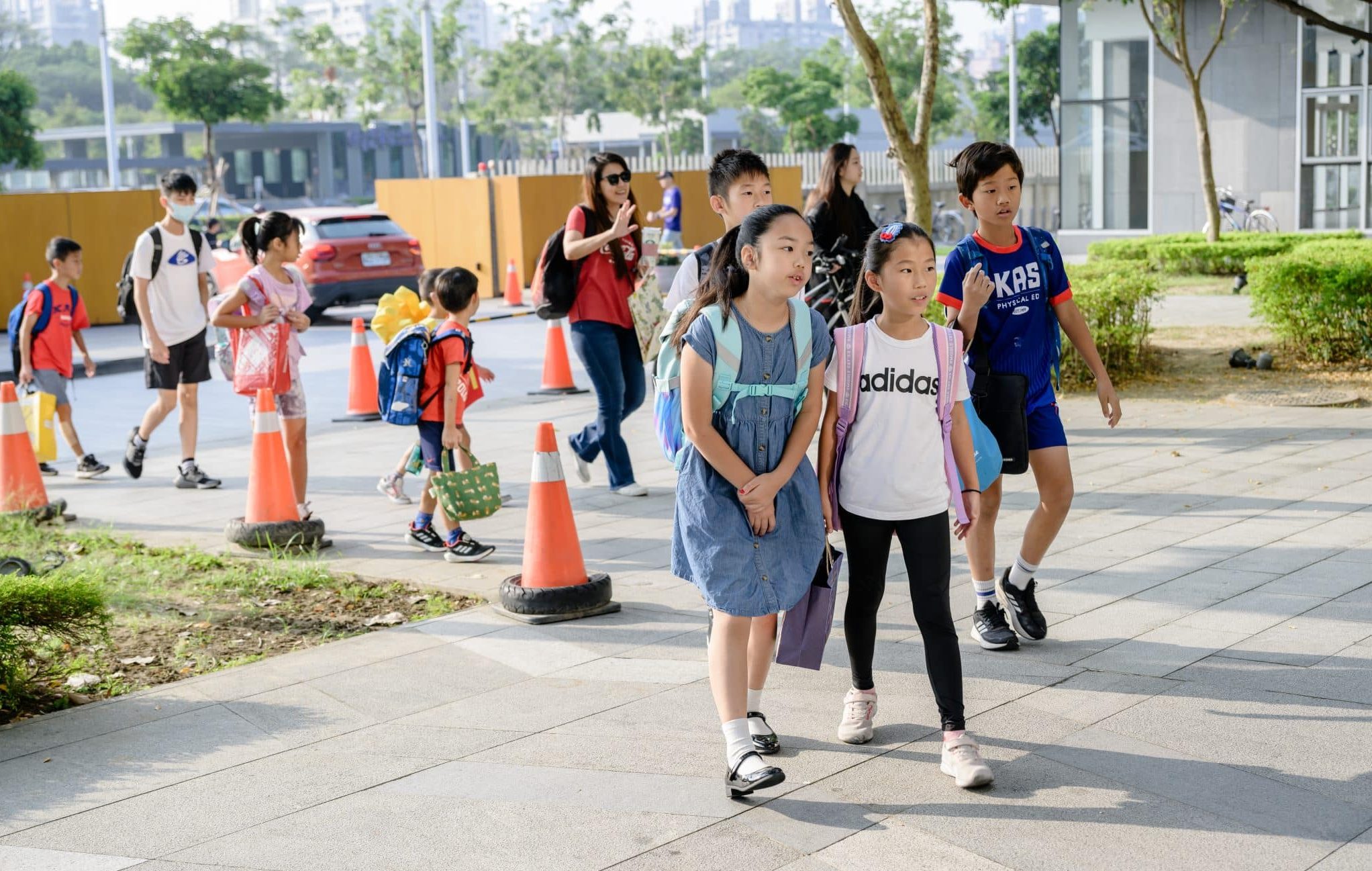At KAS, the well-being and safety of our school community is paramount.
Child Protection & Safeguarding
We believe that every child has the right to a safe and secure learning environment. To ensure the safety of our children and our community, KAS has clear policies and guidelines for child protection and safeguarding.
CHILD PROTECTION & SAFEGUARDING
Air Quality Monitoring
KAS monitors air particle pollution throughout each day using the Air Quality Index (AQI) designed by the U.S. Environmental Protection Agency (EPA). Our building-wide air purification system includes wall-mounted air purifiers that are monitored via the school network. In general, the air quality is ‘good’ or ‘moderate’ throughout the year in Kaohsiung. During the winter months, the AQI can rise higher than 150 on a few days, reaching unhealthy levels. Outdoor activities will be restricted if AQI levels are high. The level of physical activity and level of pollutants are taken into consideration when making restrictions.
Visitor Guidelines
As a school community, we welcome parents to participate in various campus events, including performances, parent forums, meetings, college or counseling visits, sporting events, and library open hours. There are also special events during which we may open the campus to the broader Kaohsiung community. In the interest of our students’ safety, we request that all visitors adhere to KAS Visitor Guidelines to foster a secure and respectful environment. To maintain a secure environment, we kindly ask that all adults on campus adhere to our expectations regarding interactions with students and respect the designated areas reserved for their use. Visitors must be clearly identified.
Illness and COVID-19 Protocols
If a student, faculty, or staff member is feeling unwell, shows symptoms of a flu-like illness, or has tested positive for COVID-19, we ask that they stay home until they have no symptoms, and that they wear a mask for at least five days upon their return to campus. The School Nurse can provide guidance and monitor symptoms.
Emergency Procedures
In the case of an emergency, we prioritize the safety of our students, faculty, and staff through detailed procedures. These include separate protocols that are specific to earthquakes, fires, tsunamis, and campus intruders. Regular training, drills, and an emergency notification system and controlled release procedures prepare our community for any unforeseen circumstances.

